|
Trigger finger or trigger thumb can affect anyone, from office workers to athletes or tradesmen and even young children. The condition occurs when the flexor tendon becomes irritated and inflamed, causing it to thicken or form a nodule. This restricts its ability to glide easily through the tendon sheath, leading to a painful “catching” or “locking” sensation most commonly when people make a full fist. How common is trigger finger?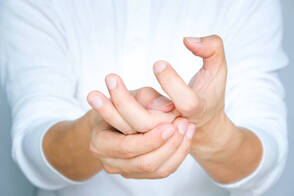 Trigger finger is one of the most frequent causes of hand pain and dysfunction. It is more common in:
What does a trigger finger feel like?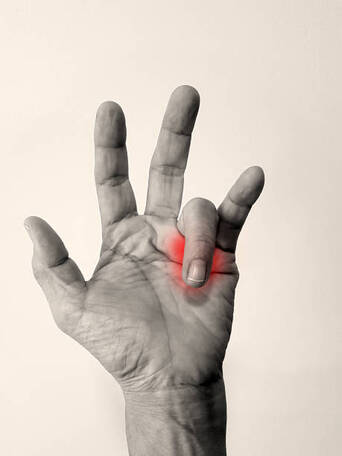
What can a hand therapist do to help for trigger finger?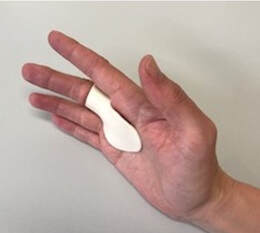 At Camberwell Hand Rehab, we guide clients through both the conservative and medical treatment pathways:
What are the medical treatment options for trigger finger?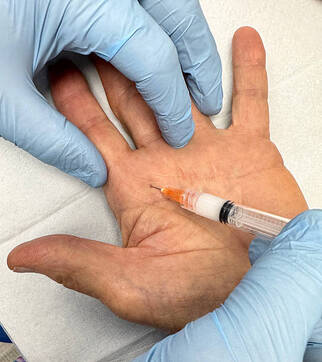 💉 Corticosteroid Injections If symptoms persist, corticosteroid injections into the sheath of the tendon can help reduce inflammation and restore smooth tendon movement. These are used if conservative care is not sufficient or symptoms are severe. 🛠️ Surgery When conservative measures are not successful, surgery may be recommended. This minor procedure releases the tight part of the tendon sheath, allowing the tendon to glide freely again. This can usually be done under local anaesthetic and has a high success rate. Don’t ignore that click or catch in your finger. With early assessment and intervention from a qualified hand therapist, most people experience excellent outcomes and a quick return to normal hand function. If you’re noticing clicking, pain, or stiffness in your fingers or thumb, a hand therapy assessment can help you find the right treatment pathway early. Click this link to the Australian Hand Therapy Association's downloadable information sheet on trigger finger: Your browser does not support viewing this document. Click here to download the document.
0 Comments
|
AuthorKate Crump- Physio, Archives
November 2025
Categories |

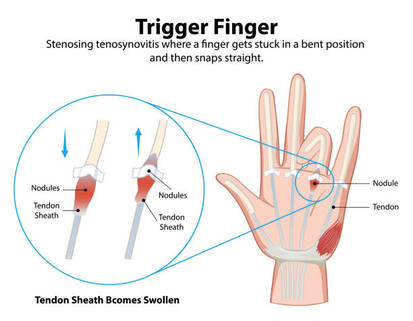
 RSS Feed
RSS Feed